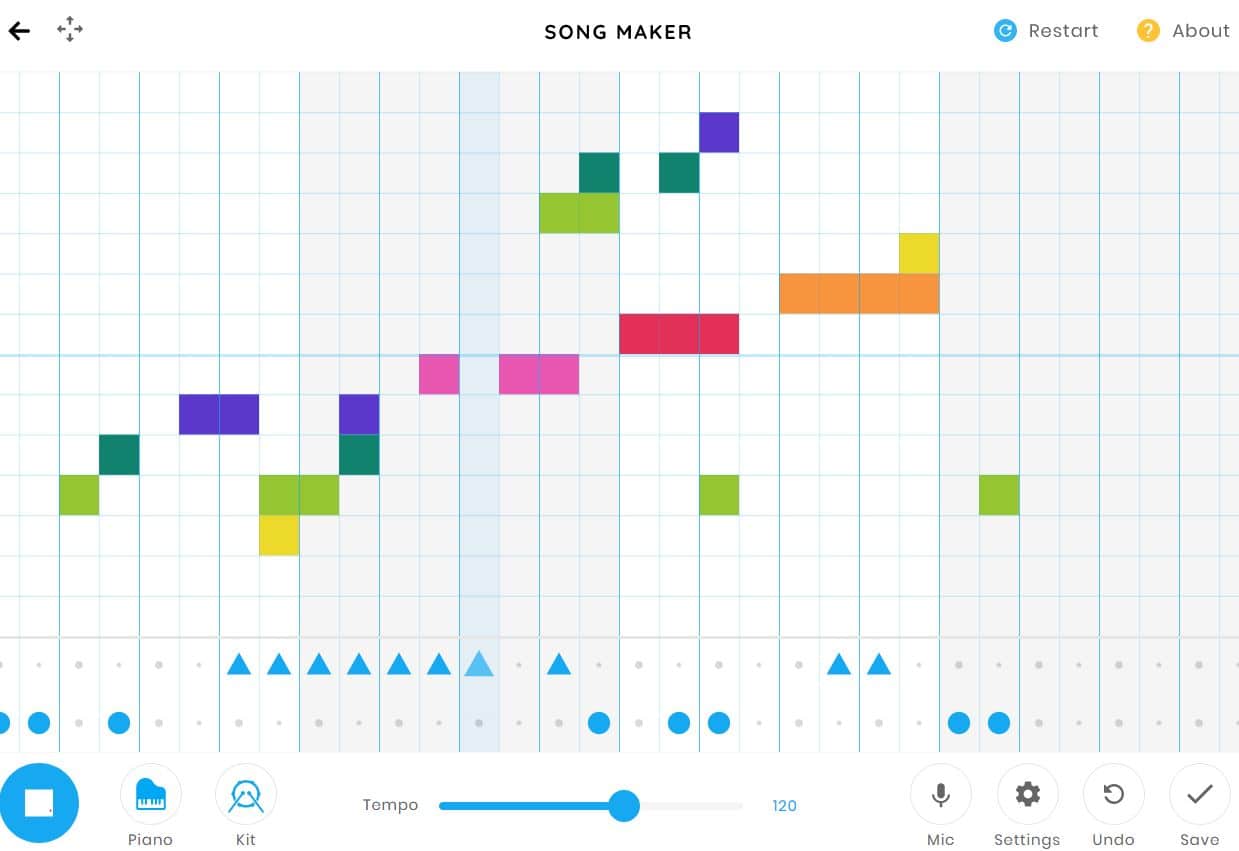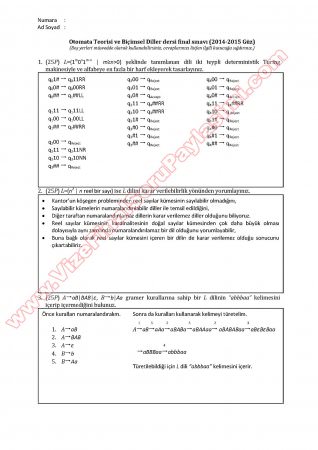
I asked Taro about this, and how he and his teams design around that contradiction. Is killing justified, or worthwhile? Are my enemies sympathetic, or just monsters?ĭespite this, Automata, like all of Taro's games, is soaked in gamified violence, action designed largely to be fun. Instead, the characters ask questions about war, and family, and what it means to be alive without any clear purpose and without even the opportunity to die gracefully (being mechanical beings, androids are reincarnated by means of data uploads after their deaths). So in Automata I made sure that the machine lifeforms and androids wouldn't question their consciousness at all." I wanted to avoid questions like, 'What does it mean to be human?' because a lot of recent entertainment already poses that question. "There's androids, and machine liforms, but no real humans. "In this game there's really no humans," Taro explains. Some of that is because of its surprising accessibility: It looks and feels like a Platinum Games project, densely packed and ambitious, but unlike Platinum's most famous works, it isn't heavily technical or challenging. Nier: Automata sold two million units in its first year, a success beyond expectations, and won a bevy of awards and accolades, including being named WIRED's Game of the Year. Without his mask, though, milling about the GDC press room and answering my questions with a warm, soft-spoken tone, he appears somewhat like the Wizard of Oz: waiting behind the curtain, eager to answer questions but weary, perhaps, of being in costume for so long.Īnd that demand, for Taro's ideas and presence, has only increased in the past year. The eerie visage lends him an impish quality. 7 from Nier, one of his most famous characters. In most public appearances, he wears a mask fashioned after the smiling moon-like face of No. He's famously shy, and doesn't like having his picture taken. Cavia, the company where he made Drakengard, his first major title as director, produced mostly tie-in games before the original NieR proved to be its swan song.Īs a creator, Taro has an undeniable mystique. Taro, sipping on a Diet Coke, agree, calling it "the easiest collaboration I've ever done." The designer has been working in the games industry for nearly 20 of his 47 years, and is no stranger to more tenuous collaborations nearly every company he's worked for has struggled with small budgets and heavy oversight.


It was a really fresh experience to be able to work with someone who already knows everything about that IP and have them take us to where we need to be." "But this was the first time we were able to work with the person who created that IP. It's March, and I'm speaking with him and Taro at the Game Developer Conference in San Francisco, nearly a year after Nier: Automata was released. "Platinum has a lot of experience developing titles, both our own and those based on other people's properties," says Takahisa Taura, a designer at Platinum.

That the game was a sequel to NieR, one of Taro's most beloved (and bizarre) titles? Even better.

For many fans, it was an alchemic combination made in heaven: visionary game director Yoko Taro, known for his enthralling but often technically broken games, and the production company of Platinum Games, known for slick, stylish action games, a partner capable of making Taro's vision as exciting to play as it was to think about. Nier: Automata was always going to be an unusual game.


 0 kommentar(er)
0 kommentar(er)
